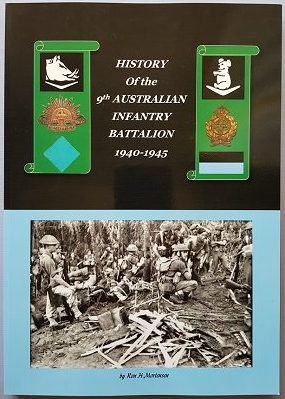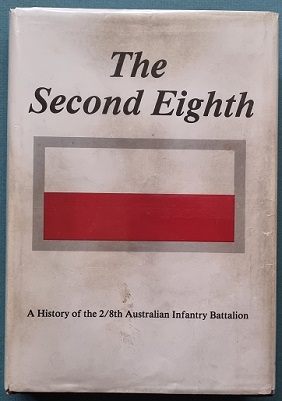Description
Title: History of the 9th Australian Infantry Battalion 1940 – 1945
Author: Mortensen, Ron H
Condition: Mint
Edition: 1st Edition
Publication Date: 2015
ISBN: 9780987598110
Cover: Soft Cover without Dust Jacket – 185 pages
Comments: The history of the 9th Infantry Battalion (Moreton Regiment) during World War 2.
Following Australia’s declaration of war on September 1939 the 9th/49th Battalion as it was then known was immediately separated into two independent battalions. The 9th Battalion was placed into the 7th Brigade, as part of the 3rd Division. Due to Australia’s ban on conscripts serving overseas a Second Australian Imperial Force (2nd AIF) was formed. The battalions of this force were largely drawn out of the militia battalions, and the units of 2nd AIF were distinguished from their militia counterparts by adding a ‘2/’ in front of the numeral that indicated the battalion. The 2/9th Battalion was created from volunteers for overseas service from the 9th Battalion, although the 2/9th was independent from the militia unit, serving as a part of 18th Brigade in North Africa, New Guinea and on Borneo. The 2/9th was disbanded at the end of the war, however, its battle honours live on in 9 RQR.
The 9th Battalion, AMF, as the militia unit became commonly known performed garrison duty in Australia from 1939 until 1942 where as part of the 7th Brigade, they moved to the Milne Bay area of New Guinea in response to a perceived threat of a Japanese landing. The battalion was involved in heavy fighting with Japanese forces during the Battle of Milne Bay. From late 1943 to early 1944 the 9th Battalion was in the Donadabu area and later that year moved to Bougainville and was involved in heavy fighting at Artillery Ridge, Little George Hill and Pearl Ridge and later at Mosiegetta, Hongorai River and Puriata River until the Japanese surrender.
With the end of the war, the 9th Battalion was demobilised on 12 December 1945 having suffered 31 killed and 76 wounded.
Includes Nominal Roll, WIA & Honour Roll





